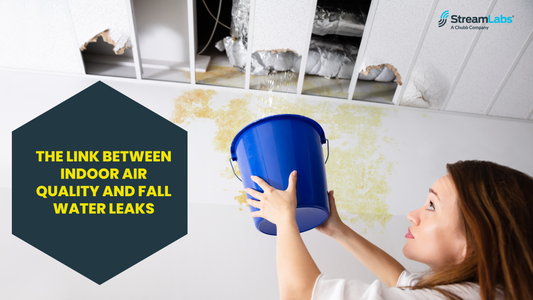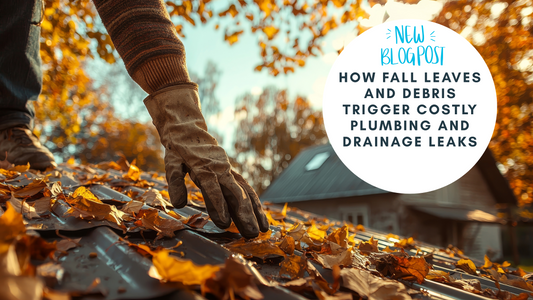It’s hard to understand the headache and remediation cost that comes with water damage until you’ve experienced it firsthand. But knowing the facts can help you take proactive actions to protect your home and your family from leaks both big and small.
Here are myths and facts about the probability, cost and overall reality of home water damage.
Myth: Water damage probably won’t happen to me.
Fact: 40% of homeowners have experienced water damage
If you haven’t experienced a leak yourself, you probably know someone who has. That’s because water damage is 7 times more likely to happen than fire and 5 times more likely than theft. Additionally, it’s the No. 1 cause of damage to luxury homes. Because bigger buildings have more potential failure points — appliances and connections, for example — the chances of a leak go up.
Myth: I’ve already experienced a leak so it’s less likely to happen again.
Fact: You’re at least 2 times (sometimes 3.5 times) as likely to have another one.
Though an initial leak may simply seem like an unfortunate instance, it’s most likely going to affect the potential of a second leak.
Water damage is not only common, but it’s also expensive. The average water damage cleanup claim costs more than twice the amount of the average theft claim, yet leak detection devices aren’t used as much as security alarms. Because of smart water technology, leak sensors can not only alert you to current threats — like security alarms do — but they can also help you stop water leaks with an auto shut-off feature and prevent future threats.
Myth: If it’s not visible, it’s not there.
Fact: Leaks don’t always look like water spots on the ceiling.
Sometimes leaks are obvious — water spots in the ceiling or flooding in the basement. Other times, they’re hidden because the issue is behind the walls, underground or in the ceiling. A few visible and nonvisible signs of a water leak include:
- Unexpected high water bills.
- Sagging, warped or stained ceilings.
- Cracked or warped flooring.
- Mildew or mold in your kitchen, bathroom or laundry room.
- A musty smell you can’t get rid of.
Myth: It’s just a small leak — it can wait.
Fact: The longer you wait, the worse it will get.
The simple truth is that the longer water drips, the more damage it will cause. That doesn’t just mean a ceiling caving in or water dripping on your belongings. That also means mold growth, which can be potentially harmful to your health. Small leaks can quickly turn into big problems.
And with more damage comes more water damage restoration costs, including:
- Water cleanup and removal to prevent further damage.
- Replacing waterlogged furniture.
- Fixing home structures like warped hardwood floors or sagging beams.
- Mold removal costs.
- Ceiling and wall repair from bubbling.
The average homeowner spends up to $4,100 in water remediation services to repair water damage. Plus, depending on the extent of the damage, you could be displaced for months.
Myth: My homeowners’ insurance will cover water damage.
Fact: You’re likely to be penalized.
Water damage can actually come with other costs. Not only could your homeowners insurance premium go up, but since some insurance companies worry about small water-damage claims evolving into costly mold problems, they may drop you when renewal rolls around.
If that happens, it can be hard to get insured by another company. 62% of the top 13 insurance companies refused to cover applicants with only one or two claims in the past three years, according to a California Insurance Department study..
Myth: There’s nothing I can do to prevent water damage.
Fact: There are several ways to prevent water damage by minimizing leak risk.
You can start by following general best practices to prevent leaks, such as:
- Check water fixtures regularly.
- Schedule routine maintenance of hot water heaters, HVAC and other systems.
- Leave fixtures at a drip when there are freezing temperatures.
But the best way to protect yourself is to install a whole-home smart leak detector to take the guesswork out of the equation. It protects your home’s value, your wallet and your health.
How to Prevent Water Damage: Get a leak sensor.
StreamLabs offers a Monitor and Control so that homeowners can have the level of protection that meets their needs. The StreamLabs® Monitor tracks your water habits and alerts you of possible leaks if it detects abnormal water usage. That way you can act before it’s too late. The StreamLabs® Control has the same capabilities and also lets you shut off your water automatically to stop leaks in their tracks from your smartphone.





